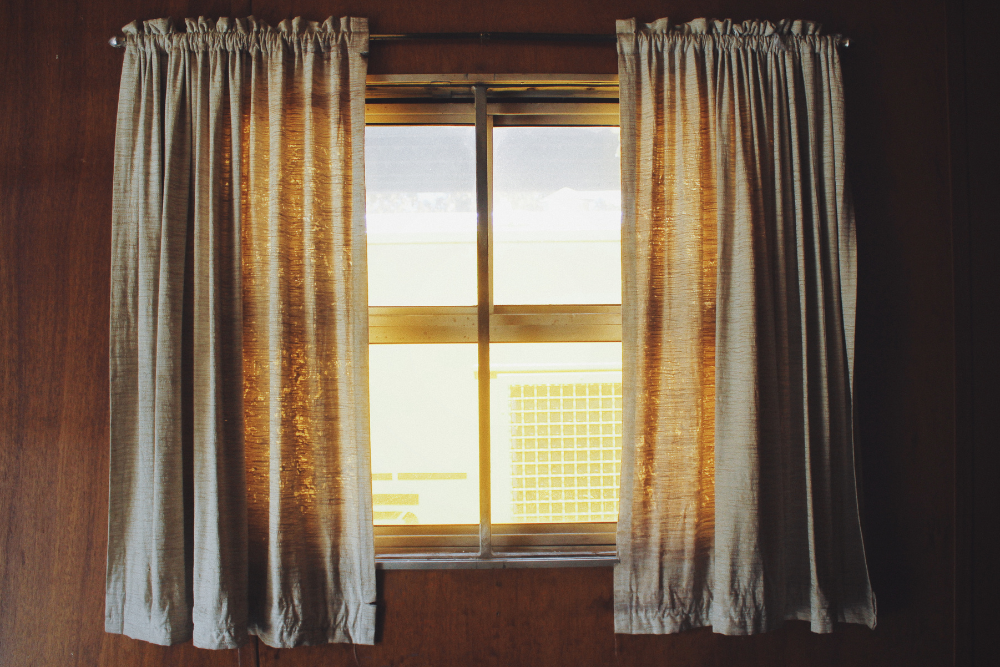Aluminium curtain wall systems have become a cornerstone of contemporary architecture. These systems offer an elegant, lightweight, and highly functional solution for the external facades of buildings. From commercial high-rises to institutional buildings, aluminium curtain wall deliver both aesthetic appeal and structural performance. This article delves into the components, types, advantages, installation methods, and sustainability aspects of aluminium curtain wall systems.
What is an Aluminium Curtain Wall?
An aluminium curtain wall is a non-load-bearing external wall system typically composed of aluminium framing filled with glass, metal panels, or thin stone. Unlike traditional walls, curtain walls are designed to resist air and water infiltration, support their own weight, and transmit wind loads back to the building structure.
Key Components:
-
Aluminium Mullions: Vertical and horizontal framing members that form the skeleton of the curtain wall.
-
Infill Panels: These can be glass, metal, stone, or composite materials.
-
Anchors and Brackets: Connect the curtain wall to the main structural frame.
-
Sealants and Gaskets: Ensure airtightness and water resistance.
Types of Aluminium Curtain Wall Systems
There are primarily two types of curtain wall systems, each with specific features and applications:
1. Stick System
In the stick system, components are assembled piece by piece on-site. This is ideal for low- to medium-rise buildings and projects where site customization is necessary.
Advantages:
-
Flexibility in design
-
Easier handling of components
-
Lower initial manufacturing costs
Disadvantages:
-
Slower installation
-
Higher labor cost on-site
2. Unitized System
In unitized systems, pre-assembled panels are manufactured in a factory and transported to the site for installation. This is most common in high-rise buildings.
Advantages:
-
Faster installation
-
High-quality control
-
Reduced site labor
Disadvantages:
-
Higher transportation costs
-
Less flexibility for changes on-site
Design Considerations
Designing an aluminium curtain wall system involves multiple factors:
Structural Performance
Curtain walls must withstand wind pressure, seismic movement, and dead loads without deforming or failing.
Thermal Performance
Thermal breaks and insulating glass units (IGUs) help minimize heat transfer, improving energy efficiency.
Aesthetics
Aluminium curtain walls offer clean lines and modern visuals. Finishes such as anodizing and powder coating allow for various color options.
Acoustic Insulation
Proper seals and laminated glass panels can enhance sound insulation, especially in noisy urban environments.
Advantages of Aluminium Curtain Wall Systems
1. Lightweight Yet Strong
Aluminium provides excellent strength-to-weight ratio, reducing the load on the building's structural system.
2. Corrosion Resistance
With appropriate finishes, aluminium resists corrosion, ensuring longevity and reduced maintenance.
3. Design Flexibility
Custom shapes, sizes, and finishes enable architects to push creative boundaries.
4. Daylighting and Views
Large glass infill panels allow natural light penetration and unobstructed outdoor views.
5. Energy Efficiency
Modern curtain walls incorporate thermal insulation, solar shading, and advanced glazing technologies.
6. Sustainability
Aluminium is 100% recyclable. Many systems use recycled aluminium, supporting green building standards like LEED and BREEAM.
Installation Process
The installation process differs based on the type of system used:
Stick System Installation
-
Frame components are assembled on-site.
-
Anchors and brackets are installed.
-
Infill panels are inserted and sealed.
Unitized System Installation
-
Prefabricated units are delivered to the site.
-
Units are lifted into position and connected.
-
Joints between panels are sealed for weatherproofing.
Proper installation is crucial to prevent air and water leakage and to ensure structural integrity.
Maintenance and Durability
Curtain wall systems require periodic maintenance, including:
-
Cleaning of glass and frames
-
Inspection of seals and joints
-
Replacement of damaged gaskets or panels
Aluminium's durability ensures a long life cycle, especially when paired with protective coatings.
Challenges and Solutions
Challenges:
-
Initial high cost
-
Complexity in design and detailing
-
Risk of thermal bridging
Solutions:
-
Lifecycle cost analysis shows long-term savings
-
Use of BIM (Building Information Modeling) improves design accuracy
-
Integration of thermal breaks reduces energy loss
Applications of Aluminium Curtain Walls
-
Commercial Buildings: Skyscrapers, office towers, malls
-
Institutional Buildings: Schools, hospitals, government offices
-
Residential Buildings: High-rise apartments and condominiums
-
Airports and Transportation Hubs: For transparency and durability
Conclusion
Aluminium curtain wall systems represent the pinnacle of modern architectural facade solutions. They offer a combination of aesthetic versatility, structural integrity, and environmental efficiency. With proper design, fabrication, and installation, these systems not only enhance the appearance of buildings but also improve their performance in terms of energy efficiency, comfort, and sustainability.
As building standards evolve and environmental consciousness increases, aluminium curtain walls will continue to play a vital role in shaping the skylines of the future. Investing in quality materials and expert design can ensure that these systems perform excellently over their long service life.



